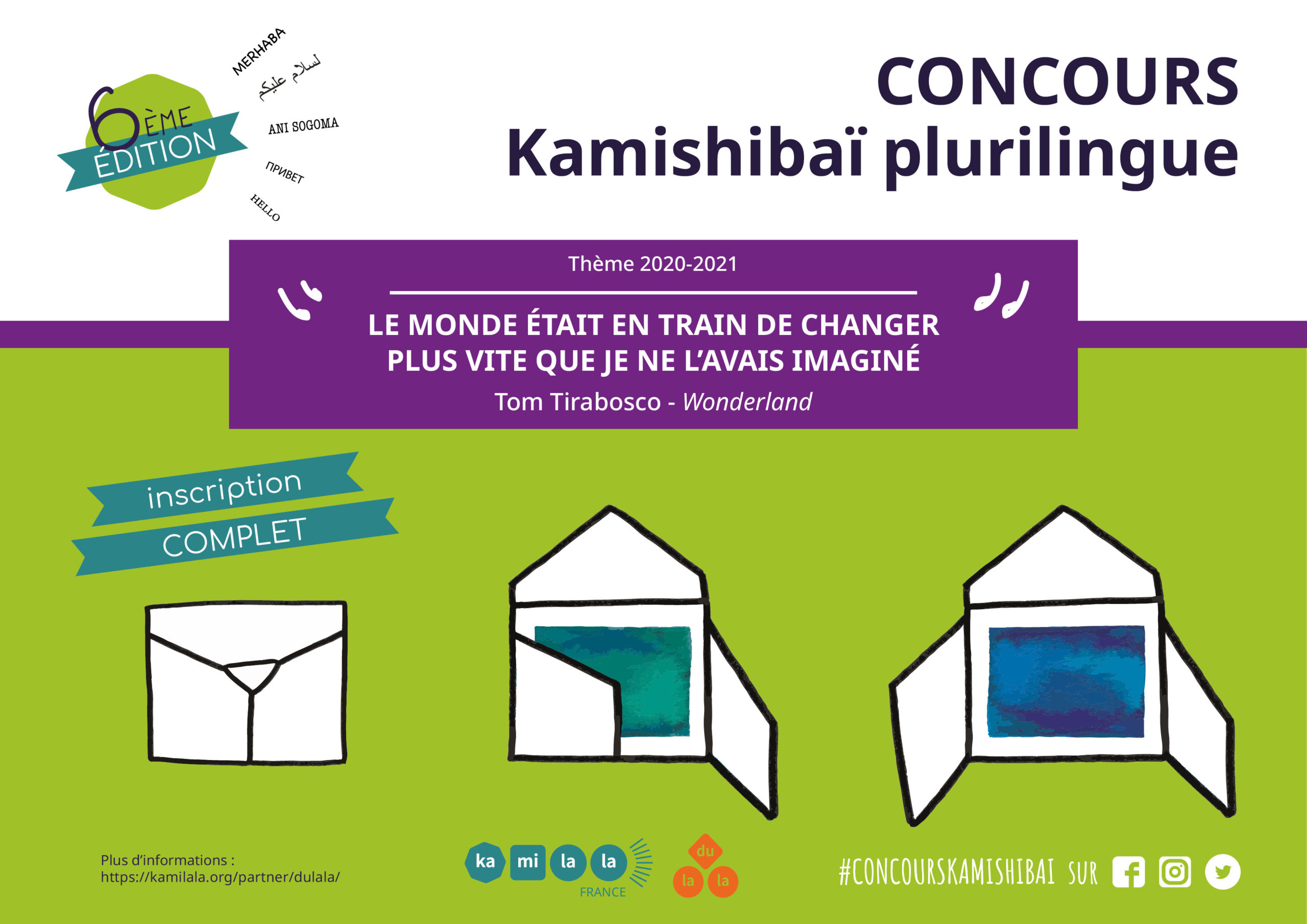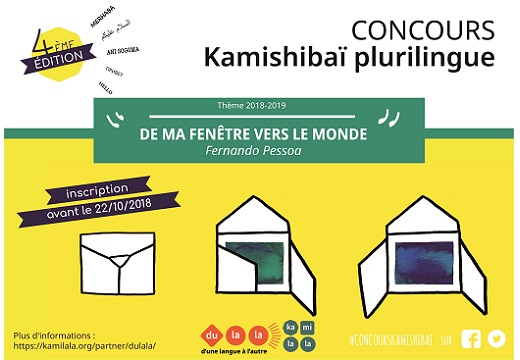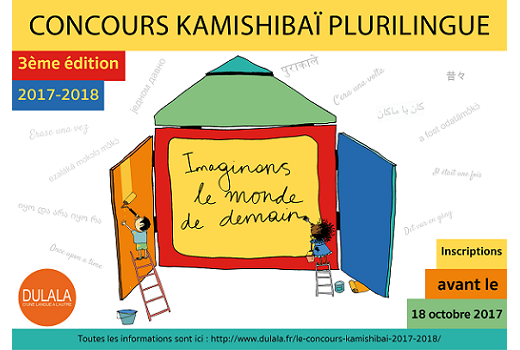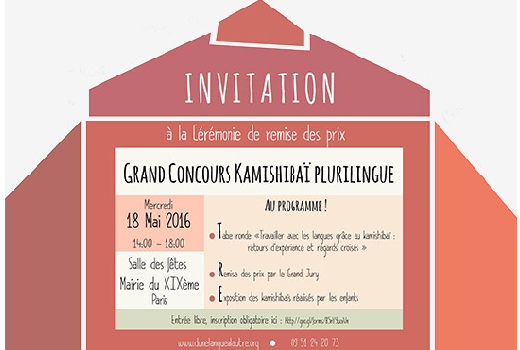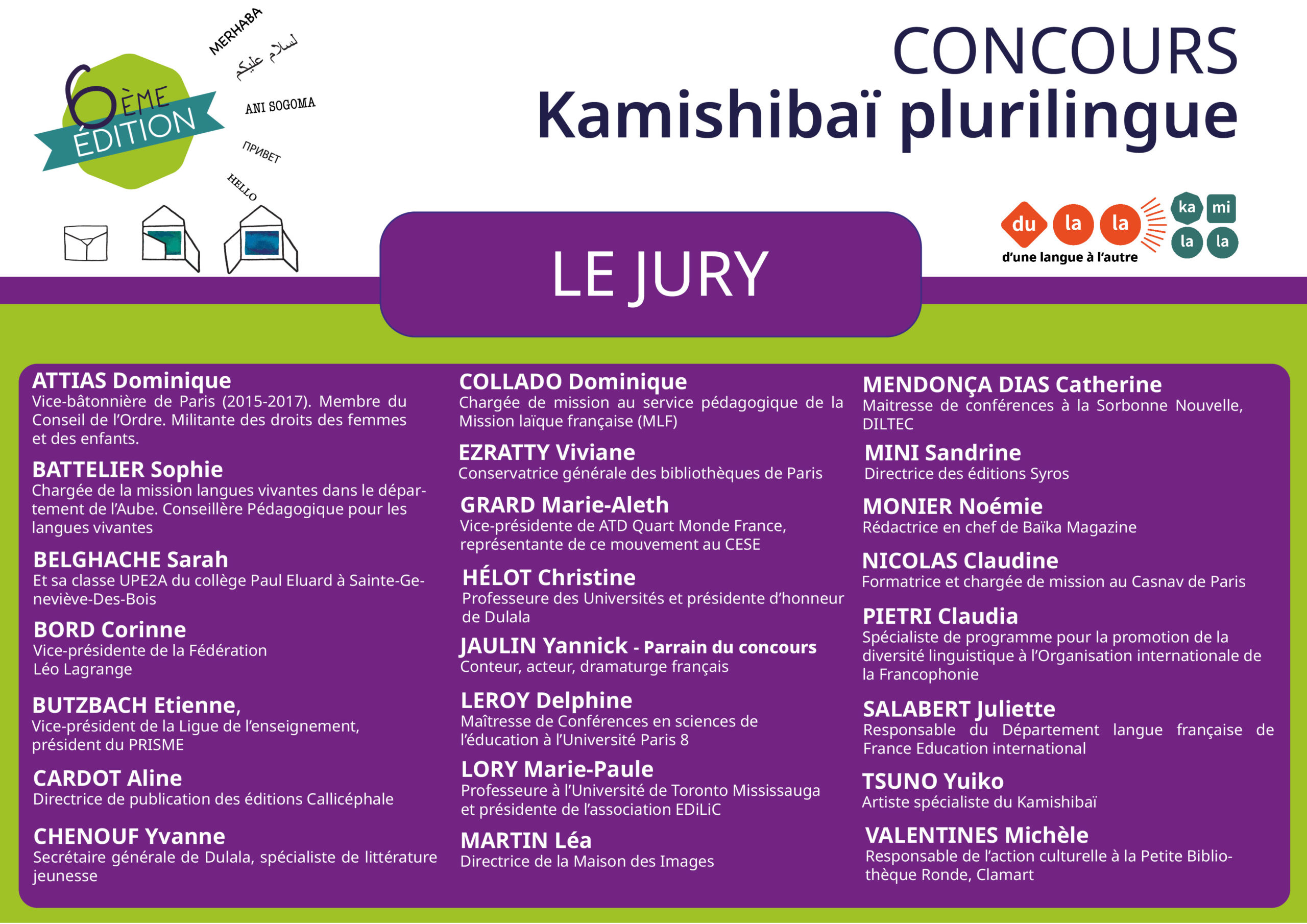
A contest for exploring languages with children
Do you know kamishibaï? It’s an enchanting way to tell stories and an amazing educational tool to implement projects mixing fairytales, fine arts and – why not? – maybe even linguistic diversity… Dulala launched the first edition of the Plurilingual Kamishibai Contest in 2014. Since then, more than 20000 children throughout the world took part in it! This year’s seventh edition revolves around the theme “Who are our neighbors?”. To find out more about this year’s contest, visit Kamilala – the Plurilingual Kamishibaï Contest organizers’ international network. Re-watch the last award ceremonies!
Why implement a Plurilingual Kamishibai Contest?
Today in France, the number of children who do not speak French at home is increasing in kindergarten classes. Awareness of the diversity of languages has become a great opportunity to live and learn together better. But how can we work with languages we don’t know? How can we encourage plurilingual education and living together from a very young age? What tools should be used?
The Plurilingual Kamishibaï Contest offers education professionals and children a creative and innovative project open to the diversity of languages through the creation of a story with a multilingual dimension (at least four languages) and suited to the Kamishibaï tool, a magical way to tell – and listen to – stories.
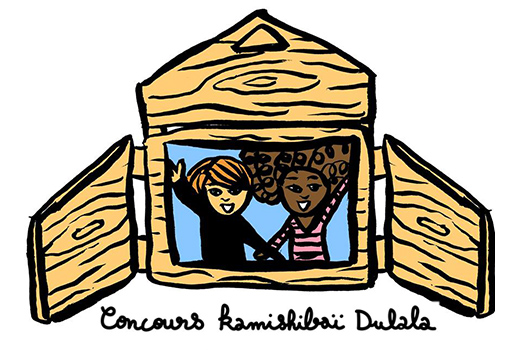
With the support of:
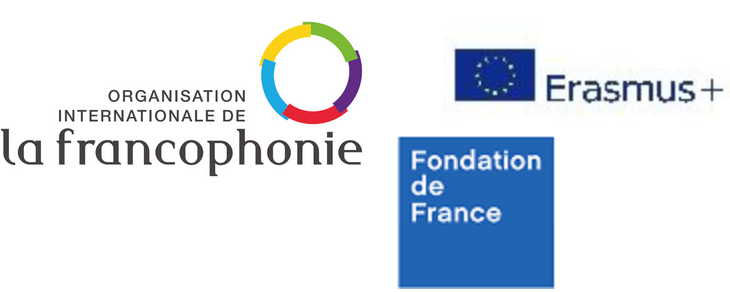
How are the winners chosen?
In order to select one winning Kamishibaï per age bracket and one “firm-favorite” Kamishibaï each year, Dulala gathers its Grand Jury composed of various professionals from the fields of education, illustration, edition, Japanese culture and of course, plurilingualism. During this gathering, Kamishibaï are seen, read, told, analyzed. Debates are first held in subgroups, then in a plenary session, and finally the winning Kamishibaï is chosen!
Examples of some plurilingual Kamishibaï created for the contest


